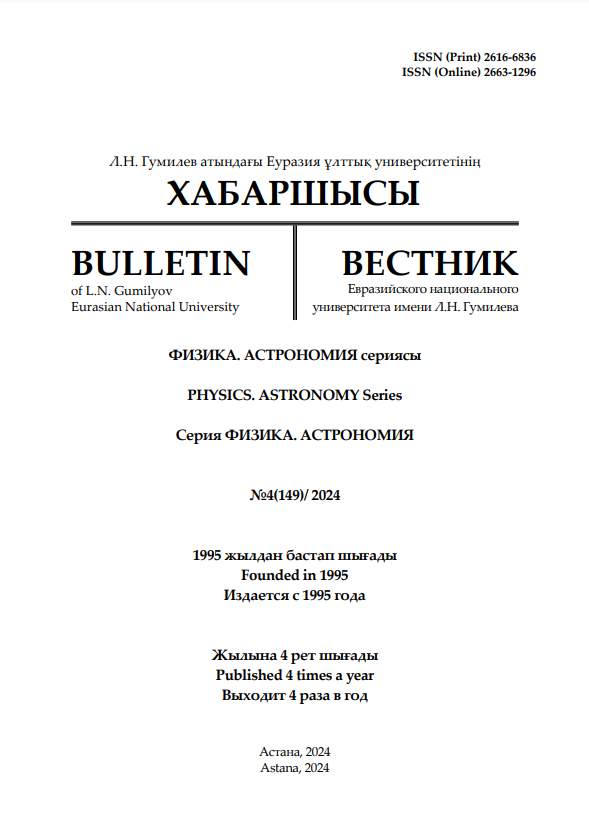Biological protection of the flight crew of a nuclear-powered aircraft from ionizing radiation
Views: 195 / PDF downloads: 104
DOI:
https://doi.org/10.32523/2616-6836-2024-149-4-36-51Keywords:
nuclear power plant, nuclear reactor, aircraft, radiation safety, radiation dose, attenuation factor, optimization principleAbstract
Intensive development of aircraft with nuclear engines (nuclear aircraft) was carried out from the mid-40s to the mid-60s of the twentieth century. The design bureaus of the leading nuclear powers of that period in nuclear-powered aircraft projects solved the main problem of long-range aircraft, which was limited supplies of traditional fuel, by using the high energy density of uranium-235, a few grams of which is enough to ensure flight continuity for tens of hours.The crew of an aircraft with a nuclear power plant and 2–4 nuclear turbojet engines located in the tail section could patrol the air non-stop for 2 weeks. Along with the obvious advantage in the form of extraordinary productivity of nuclear fuel, nuclear-powered aircraft had significant disadvantages, such as large dimensions and large mass of the reactor installation, catastrophic consequences of accidents and inevitable radioactive contamination of vast territories or water areas, as well as chronic exposure of the flight crew to radionuclide sources of ionizing radiation generated in the result of a chain reaction.If the problem with the mass-dimensional dimensions of a nuclear reactor for nuclear aircraft was solved at the Tupolev Design Bureau, and the safety of the reactor in the event of an accident was proposed to be ensured by separating it from the fuselage and subsequent soft landing on a parachute system, then the issue of reducing radiation doses to flight crews remained open. This article proposes a method for selecting a protective material and calculating its thickness necessary to ensure the radiation safety of nuclear aircraft pilots, projects of which today have again become relevant and promising.The proposed method for calculating the thickness of the protective shield differs from generally accepted methods in that it takes into account changes in the rules for determining calculated and standardized radiation doses in accordance with today's requirements of national and international legislation in the field of ensuring and monitoring the state of radiation safety.










